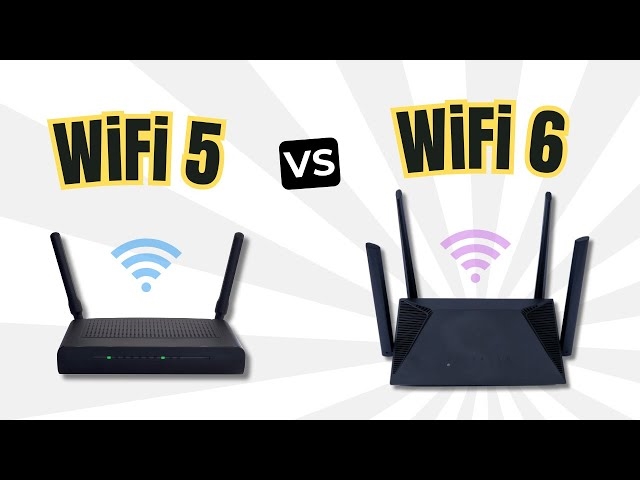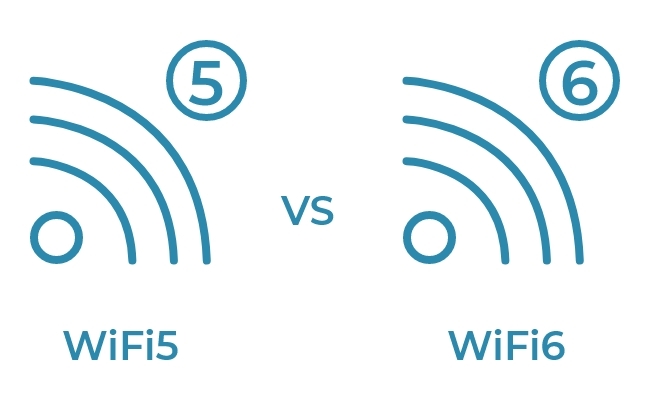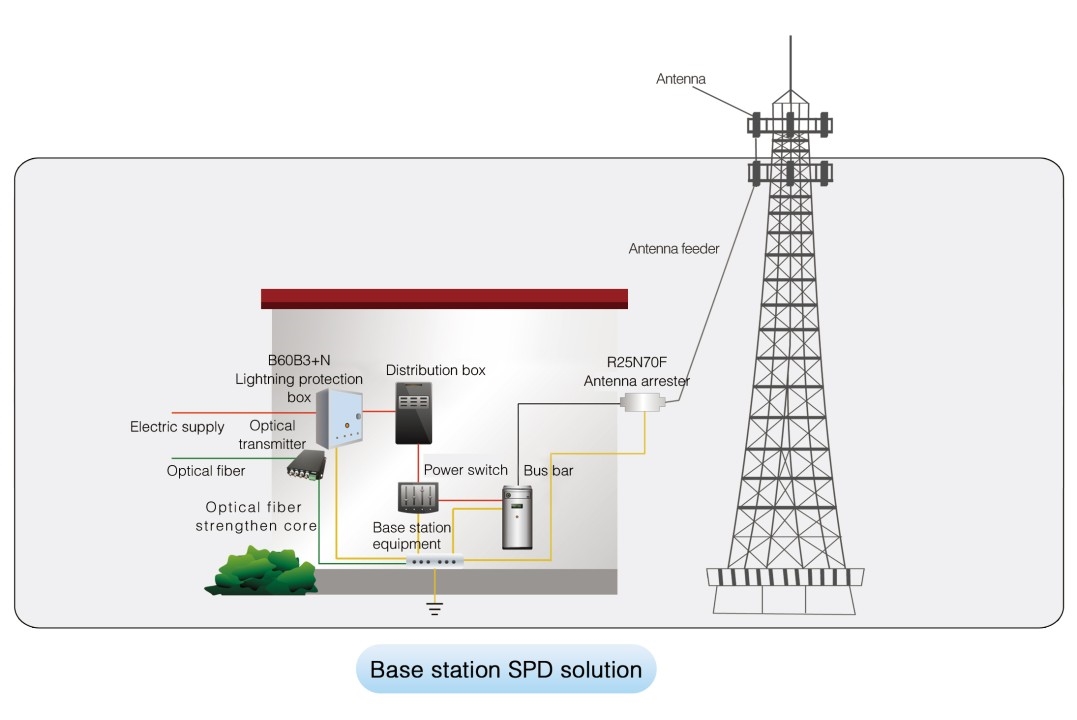AMF and gNB overview
In the 5G NR architecture, AMF (Access and Mobility Management Function) is a key core network element responsible for control-plane functions such as mobility management, session handling, and security. gNB (gNodeB) is the base station node in LTE and 5G NR networks, responsible for radio resource allocation, scheduling, and maintenance of communication connections.
Interface types between AMF and gNB
There are three main interface types between AMF and gNB:
- N2 interface: Used for control-plane signaling between gNB and AMF. This interface handles gNB control-plane access, session management, security authentication, and mobility management functions.
- F1 interface: Used for radio resource sharing between gNB elements. This interface primarily carries data-plane transmission between gNB components, including user data, control information, and management information.
- X2 interface: Used to connect different gNBs, supporting seamless handover and inter-cell load balancing. X2 is mainly used for control information exchange between gNBs, including cell information exchange, neighbor relation management, and high-mobility state synchronization.
Note that implementations may vary between vendors, and specific behavior can differ by equipment.
AMF functions in 5G
As a core network element, AMF provides multiple functions, including:
- Handling user access requests, including access authentication, access control, and service authorization;
- Mobility management, including mobility control, user location management, tunnel management, and cell reselection;
- Session management, including session control, media flow negotiation, and quality assurance;
- Security functions, including access security, communication encryption, and identity authentication;
- Enforcing network service policies, including network resource allocation, quality-of-service control, and user data management;
- Supporting network slicing services to provide customized services for different user requirements;
- Supporting edge computing (MEC) services to place compute resources closer to users, reducing latency and improving service quality.
REG and RB in 5G NR
In 5G NR, one REG (Resource Element Group) contains 4 RBs (Resource Blocks). Each RB consists of 12 consecutive subcarriers, so one REG spans 36 consecutive subcarriers, corresponding to 4 RBs. The time-domain length of a REG is 14 OFDM symbols. REG is the smallest resource unit used to assign PRBs (Physical Resource Blocks) to UE (User Equipment) for data transmission, and it can also be used to send control signaling and reference signals.
 ALLPCB
ALLPCB








